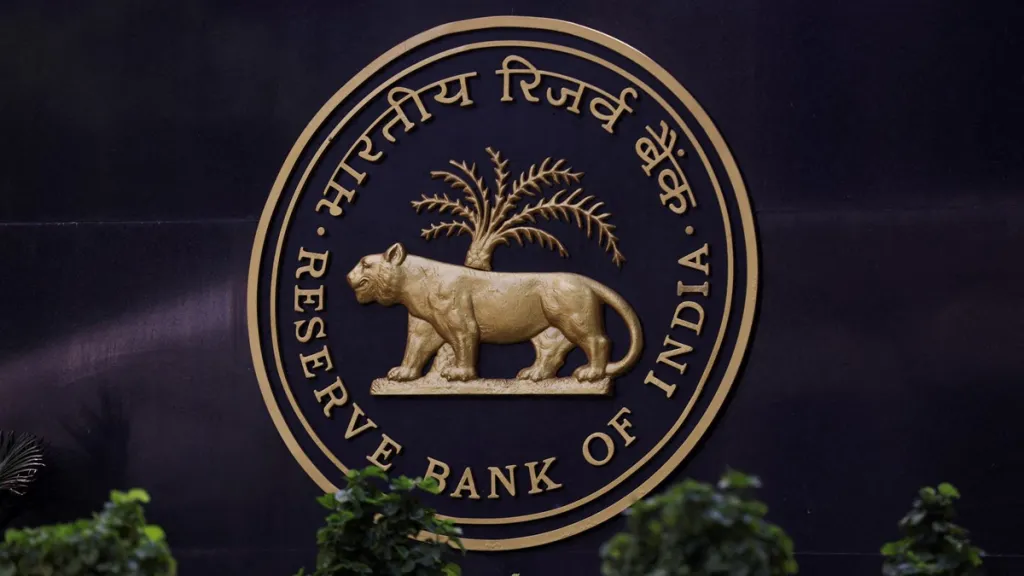The Reserve Bank of India’s (RBI) decision to come down heavily on banks and non-banking finance companies (NBFCs) to curb “evergreening” of loans is full of good intentions. Per its latest circular, a regulated entity will not be allowed to invest in the schemes of any Alternative Investment Fund (AIF) that has invested in a borrower or investee of that lender. A debtor or a borrower would mean a company to which the lender currently has, or previously had, a loan or investment exposure anytime in the previous 12 months. The RBI said that entities regulated by the central bank invest in units of AIFs as part of their regular investment operations, but certain transactions have raised regulatory concerns, necessitating the move.
Under the arrangement, some of the regulated entities invest in an AIF, which in turn routes the money to the borrower so that the latter can repay the loan or a portion of it to the regulated entity. As a result, a loan does not turn into a non-performing asset, which helps the borrower retain creditworthiness. The bank too is able to show a low NPA ratio. To be sure, the RBI isn’t the only regulator to red-flag such evergreening practices.
The Securities and Exchange Board of India had also released a consultation paper in May this year, saying that such schemes could help hide stressed loan books, through tranching of securities that leads to a lack of transparency for investors, much like the tranching of collateralised debt obligations (CDOs) did during the 2008 financial crisis. Sebi had also asked the AIFs to stop the ‘junior-senior’ structures. Both the regulators have been investigating quite a few cases of AIFs allegedly being used to circumvent regulations. The sums at stake are unknown but Sebi’s investigation throws up a ballpark figure of well over Rs20,000 crore.
Thus, the concerns of the RBI aren’t unfounded. The question is whether a sledgehammer approach was the solution. The directives—covering all kinds of AIFs with retrospective effect impacting existing exposures—will hurt many lenders, which had put money in AIFs as part of asset diversification, better returns, etc. The industry is justifiably concerned about institutions with existing lending relationships with investee portfolio entities facing a tight 30-day timeline to liquidate investments, failing which they must provision 100% for such investments. The practicality of the move is also questionable. Industry experts cite the absence of an active secondary market in India for AIF units. The challenge lies in selling AIF units, given that they are not listed, and there is no readily available market for offloading such investments. The circular even discourages regulated entities from investing in AIFs, even for legitimate reasons such as risk diversification. Unless these measures are further calibrated, they could serve as significant barriers for lenders to participate in AIFs.
An unintended consequence of this regulatory measure would be that the flow of bank money into domestic AIFs could completely freeze for a time, till the matter is fully resolved. After all, domestic venture and private equity AIFs get 5-10% of the money from banks, and these monies are invested in companies who in turn, could borrow from the very same bank. While Sebi was looking at a more targeted approach, going only after the bad and not the good guys, the RBI has taken a more extreme step.























